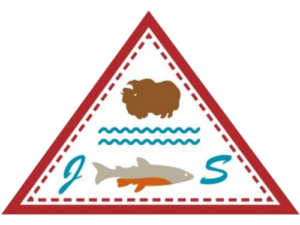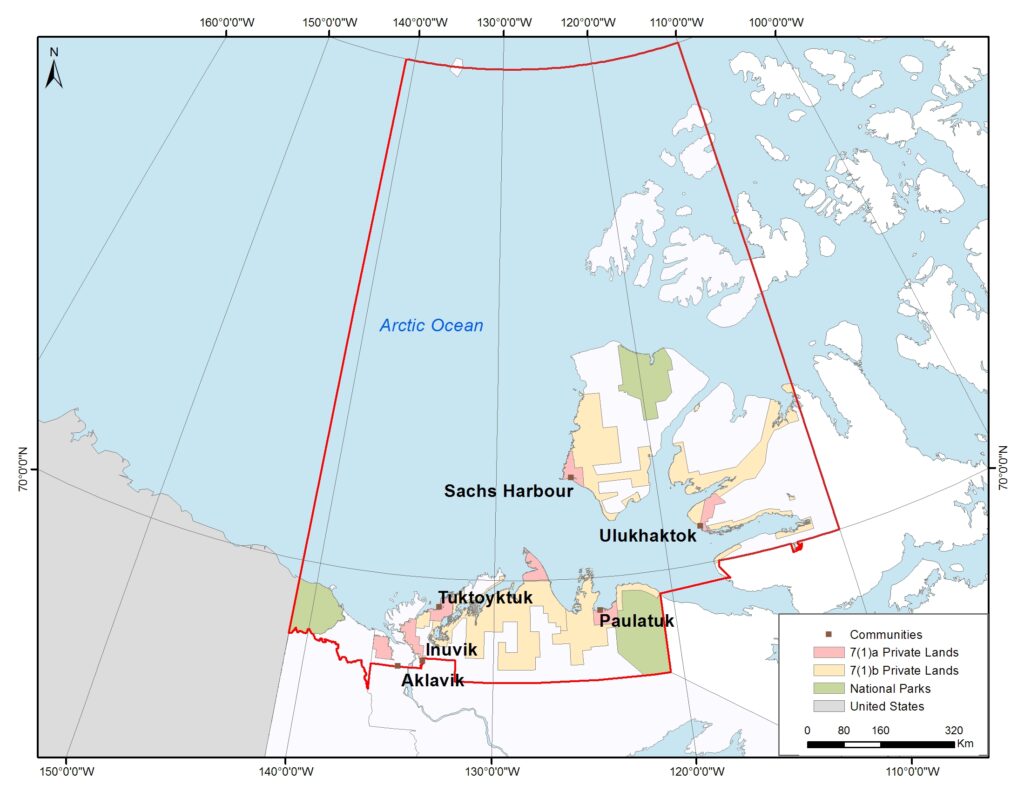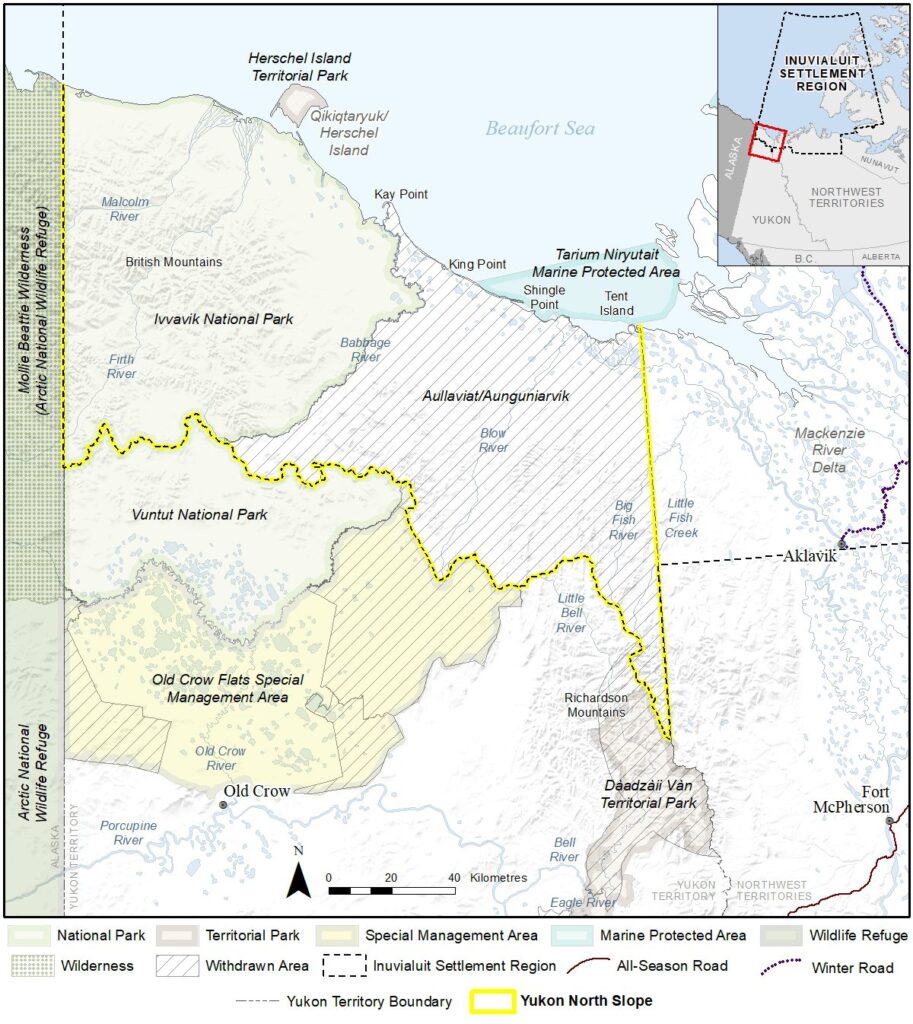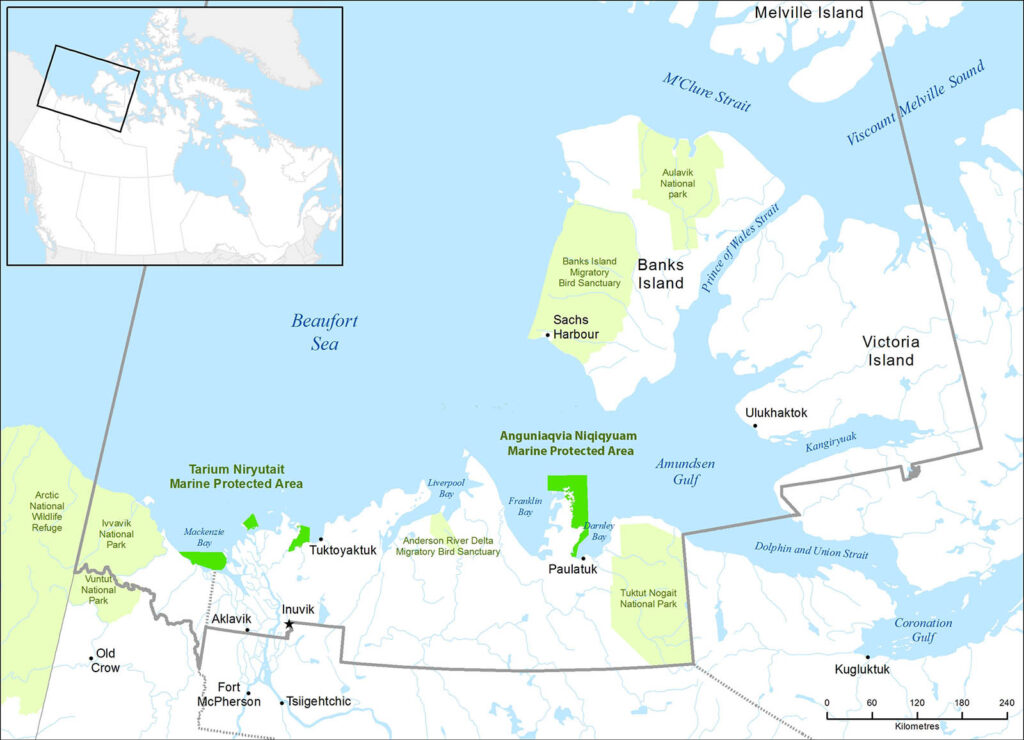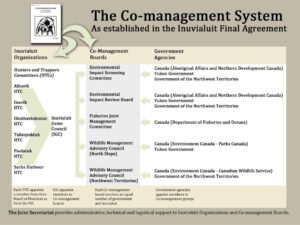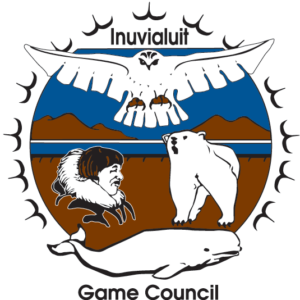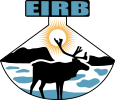Background
The Inuvialuit and the Inuvialuit Final Agreement
The Inuvialuit
The Inuvialuit are the people known as Inuvialuit, Inuit or Eskimo who are beneficiaries under the Inuvialuit Final Agreement (“IFA”) by reason of the settlement of their claim to traditional use and occupancy of the land in the Inuvialuit Settlement Region (“ISR”) and who are represented by the Committee of Original Peoples Entitlement (“COPE”) and, where the context requires, includes the Inuvialuit Regional Corporation (“IRC”), the Inuvialuit Land Corporation (“ILC”), the Inuvialuit Development Corporation (“IDC”), the Inuvialuit Investment Corporation (“IIC”), the Inuvialuit Community Corporations (“CCs”) and any other corporations or trusts controlled by the Inuvialuit that may be established by or pursuant to the Inuvialuit Final Agreement (“IFA”).
The Inuvialuit Final Agreement
The Inuvialuit Final Agreement (“IFA”) is an agreement that was signed in 1984 between the Committee for Original Peoples Entitlement (“COPE”) on behalf of the Inuvialuit and the Government of Canada (“Canada”) with the Government of the Northwest Territories (“GNWT”) and Yukon Government (“YG”) as part of the federal negotiating team.
This comprehensive land claim agreement provides certainty and clarity with respect to ownership and use of land and resources in the Inuvialuit Settlement Region (“ISR”). The IFA sets the rules for how land, wildlife, and economic development are managed within the ISR.
The Principles of the IFA
The basic goals expressed by the Inuvialuit and recognized by Canada are to:
(a) preserve Inuvialuit cultural identity and values within a changing northern society;
(b) to enable Inuvialuit to be equal and meaningful participants in the northern and national economy and society; and
(c) to protect and preserve the Arctic wildlife, environment and biological productivity.
The IFA is broken down into 20 sections
IFA Section 11 & 13 – The Environmental Impact Screening and Review Process
Section 11 of the Inuvialuit Final Agreement outlines the creation of the Environmental Impact Screening and Review Process, this describes a method through which the Inuvialuit can meaningfully provide input into proposed developments within the ISR. The Inuvialuit are represented in this process by two bodies: the Environmental Impact Screening Committee (“EISC”) and the Environmental Impact Review Board (“EIRB”).
Section 13 describes the wildlife compensation the goal of which is to prevent disruption to wildlife and Inuvialuit harvesting activities. Understanding the impact of developments on wildlife and Inuvialuit harvesting falls under the Environmental Impact Screening and Review Process.
Section 11.(5) through 11.(21) and section 13.(7) through 13.(10) describe the role of the EISC under the IFA, these provisions allow the EISC to create their guidelines which can be found here.
The Inuvialuit Settlement Region
The Inuvialuit Settlement Region (“ISR”), located in the western Arctic region of Canada, was established as part of the Inuvialuit Final Agreement (“IFA”). In 1984 after the IFA was signed, several land transfers occurred between the federal government and the Inuvialuit based on traditional use, environmental sensitivity, and resource potential.
Access to all lands is granted through the Inuvialuit Lands Administration (“ILA”). It is important to note that the EISC screens developments occurring on all lands within the Inuvialuit Settlement Region, not just on lands managed by the Inuvialuit.
Community Conservation Plans
Community-based conservation plans (“CCPs”) are plans created for the conservation and management of natural resources and lands within the ISR. CCPs are regularly reviewed and updated as part of the fulfillment of an obligation under the Inuvialuit Final Agreement.
This led to the creation of 7(1)(a) and 7(1)(b) lands, which are managed and controlled by each Inuvialuit Settlement Region Community’s Community Corporation (“CC”).
Under the IFA, 7(1)(a) lands provide the Inuvialuit with control over subsurface rights and 7(1)(b) lands with surface rights.
Areas of Special Conservation
Within the ISR, there are several areas that have special consideration as conservation areas, and developments occurring within these areas are often subject to stricter requirements.
The Yukon North Slope
The Yukon North Slope (“NS”) is an area of special conservation measuring almost 18,000 square kilometres.
The Aullaviat/Anguniarvik (“A/A”) Traditional Conservation Area covers almost 8,500 square kilometres total in land. It supports conservation and protection across the northern Yukon and is connected to a network of protected areas that spans international borders.
The network includes Ivvavik and Vuntut National Parks and Herschel Island–Qikiqtaruk Territorial Park, Niaqunnaq which is part of Tarium Niryutait Marine Protected Area (“TNMPA”), and the Arctic National Wildlife Refuge (“ANWR”) in Alaska.
Together, this network supports wildlife populations that are an important part of the Inuvialuit way of life, such as the Porcupine Caribou Herd, polar bears, migratory birds and many other species, including species at risk.
Marine Protected Areas
There are two (2) Marine Protected Areas (“MPA”) located in the ISR:
- Anguniaqvia niqiqyuam (“ANMPA”)
- Tarium Niryutait (“TNMPA”)
Each MPA’s regulations prohibit activities that could cause harm to the regions, unless approved by the Minister of Fisheries and Oceans.
National Parks
There are three (3) national parks within the ISR: Aulavik National Park located in the northern part of Banks Island, Ivvavik National Park located on the Yukon North Slope, and Tuktut Nogait National Park located on the eastern side of the ISR.
- Aulavik National Park: Established in 1992, Aulavik National Park is fly-in only and home to the Peary Caribou herd. There are two (2) notable landmarks within the park:
- The Polar Bear Cabin built in 1987 is used as a base camp for wildlife research
- The Green Cabin built in the 1950s is more commonly used by hunters and third-party researchers.
- Ivvavik National Park: Established in 1984 as a part of the Inuvialuit Final Agreement, the park is home to the breeding ground of the Porcupine Caribou herd. The park’s base camp located on Sheep Creek and is fly-in only. Only ~100 people access this area per year.
- Tuktut Nogait National Park: Tuktut Nogait National Park was established in 1998 and is is located on the calving grounds of the Bluenose-West Caribou herd. There are no facilities of any kind located within the park.
Bird Sanctuaries
Inuvialuit Organizations & Co-Management Boards
Joint Secretariat
The Joint Secretariat (“JS”) provides support to the co-management committees established under the IFA
- Email: adminjs@jointsec.nt.ca
- Website: https://www.jointsecretariat.ca/
- Facebook: https://www.facebook.com/jointsecretariat/
Inuvialuit Game Council
The responsibilities of the Inuvialuit Game Council (“IGC”) include appointing Inuvialuit members to the 5 co-management bodies, making recommendations to the government, assisting other co-management bodies and more. IGC’s role is to represent the collective Inuvialuit interest in all matters pertaining to the management of wildlife and wildlife habitat in the ISR.
- Email: igc-rp@jointsec.nt.ca
Fisheries Joint Management Committee
The Fisheries Joint Management Committee (“FJMC”) is responsible for fisheries management in the ISR. It includes both Inuvialuit and government representatives. FJMC advises the Minister of Fisheries and Oceans on matters related to the ISR’s marine areas, including research needs, conservation strategies, and policy.
- Email: fjmc-rp@jointsec.nt.ca
- Website: https://fjmc.ca/
Environmental Impact Screening Committee
The Environmental Impact Screening Committee (“EISC”) determines if proposed developments could have a significant negative environmental impact on the ISR, or a significant negative impact on present or future Inuvialuit wildlife harvesting.
- Email: eisc@jointsec.nt.ca
- Website: https://screeningcommittee.ca/
- Registry Website: https://ors.screeningcommittee.ca/
Environmental Impact Review Board
The Environmental Impact Review Board (“EIRB”) conducts environmental impact reviews for proposed developments in the ISR that have the potential for significant adverse environmental effects.
- Email: eirb@jointsec.nt.ca
- Website: https://eirb.ca/
Wildlife Management Advisory Committee (Northwest Territories):
The Wildlife Management Advisory Committee – Northwest Territories (“WMAC-NWT”) works on wildlife conservation and management within the ISR in the Northwest Territories. It advises the Government of Canada, the Northwest Territories Government and IGC on matters such as wildlife policy, regulation, and management for the region. WMAC-NWT plays a crucial role in preserving wildlife populations and habitats.
- Email: wmacnwt@jointsec.nt.ca
- Facebook: https://www.facebook.com/wmacnwt/
Wildlife Management Advisory Committee (North Slope):
The Wildlife Management Advisory Committee – North Slope (“WMAC-NS”) has similar responsibilities to WMAC-NWT but focuses on the Yukon North Slope, the northernmost region of the territory that extends to the Beaufort Sea and is entirely comprised of Ivvavik National Park, Herschel Island/Qikiqtaruk Territorial Park, and the Aullaviat/Anguniarvik Traditional Conservation Area.
The Council advises on wildlife management, research priorities, legislation, and regulation, working closely with the Government of Canada and Yukon Government as well as IGC and the Aklavik Hunters and Trappers Committee (“AHTC”).
- Email: wmacns@wmacns.ca
- Website: https://wmacns.ca/
Inuvialuit Organizations
Every community in the ISR has a Hunters and Trappers Committee (“HTC”) which is responsible for managing local harvesting in and around the community. HTCs also engage with other co-management bodies such as the EISC by providing input into potential projects. Contact information for each HTC can be found below:
Inuvik Hunters and Trappers Committee
Email: inuvikhtc@hotmail.comPhone: 1 (867) 777-3671Tuktoyaktuk Hunters and Trappers Committee
Email: tuk.htc@outlook.comPhone: 1 (867) 340-0057Aklavik Hunters and Trappers Committee
Email: aklavikahtc@gmail.comPhone: 1 (867) 978-2723Paulatuk Hunters and Trappers Committee
Email: paulatukhtc@gmail.comPhone: 1 (867) 580-3004Sachs Harbour Hunters and Trappers Committee
Email: shtcresperson@yahoo.caPhone: 1 (867) 690-3028Olokhaktomiut Hunters and Trappers Committee
Email: ohtc2023@hotmail.comPhone: 1 (867) 396-4808
Your filters yielded no results.

